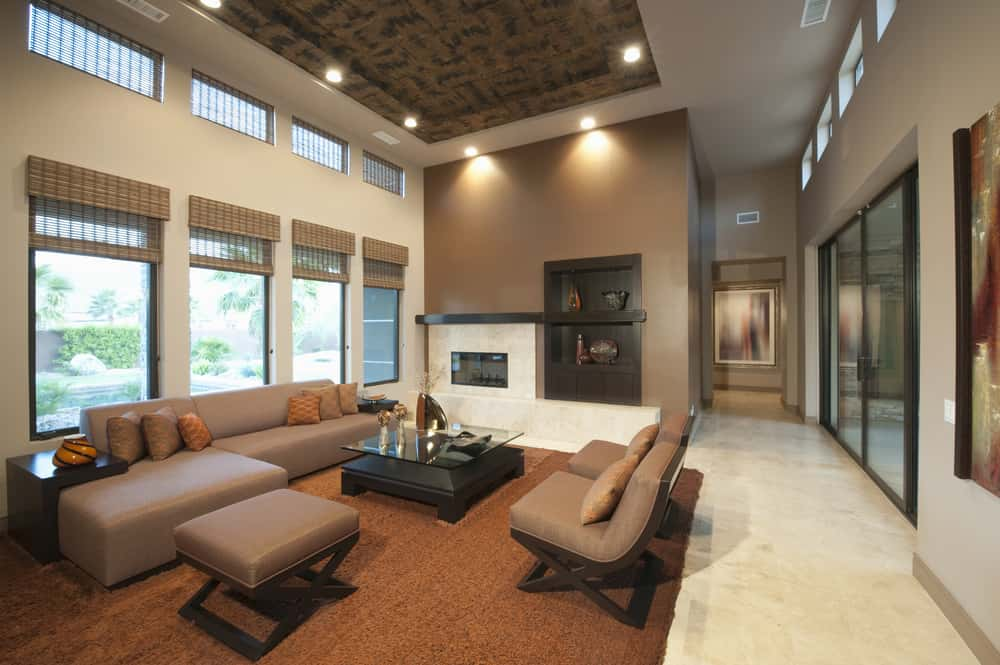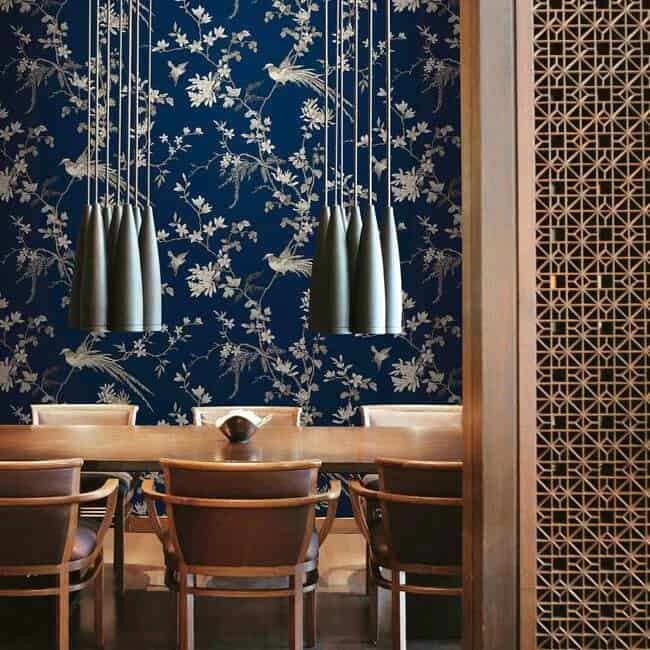Interactive learning environments are crucial for engaging students and enhancing their educational experience. EleganceWalls murals play a significant role in transforming learning spaces into vibrant, stimulating environments that encourage exploration and curiosity.
The Science Behind Interactive Learning Environments
Visual learning is a powerful tool in education. Studies show that visual cues help people remember information more effectively than text alone.
- Visual learning statistics: 65% of the population are visual learners.
- Benefits: Increases retention rates and engages students more deeply in their learning.
Murals can significantly support curriculum reinforcement by providing large-scale visual cues that are both informative and engaging.
Design Principles for Educational Murals
When designing educational mu her explanation rals, it’s essential to strike a balance between aesthetics and educational content.
- Educational themes: Choose themes that complement the curriculum, such as historical events, scientific concepts, or literary scenes.
- Balancing aesthetics: The mural should be visually appealing to stimulate interest and curiosity without overwhelming the viewer.
Case Studies: Successful Implementations of Interactive Murals
Several schools have successfully implemented interactive murals, transforming their learning environments.

- School A: Implemented a historical timeline mural, resulting in increased student engagement in history lessons.
- School B: Created a science-themed mural that serves as a visual aid for various scientific concepts, enhancing students’ understanding.
These case studies demonstrate the positive impact of murals on student engagement and learning outcomes.
Planning and Designing Your EleganceWalls Mural
Designing an educational mural involves several steps, from conceptualization to the final design.
- Conceptualize: Determine the mural’s purpose and the message you want to convey.
- Design tips: Choose vibrant colors and incorporate interactive elements like QR codes or augmented reality for an enhanced learning experience.
Incorporating Technology and Interactivity
Integrating technology with murals can create an immersive learning experience.
- QR codes: Can link to educational resources or videos related to the mural’s theme.
- Augmented reality: Brings murals to life, allowing students to interact with the content in innovative ways.
Challenges and Considerations
Designing and implementing a mural comes with its set of challenges.
- Challenges: Budget constraints, finding the right artist, and ensuring the mural’s longevity.
- Maintenance: Consider using durable materials and protective coatings to ensure the mural’s longevity.
Engaging the Community in the Mural Design Process
Involving the community in the mural design process can enrich the project.
- Benefits: Fosters a sense of ownership and pride among students and community members.
- Process: Organize workshops or meetings to gather ideas and feedback from the community.
Funding and Resources for Mural Projects
Securing funding is a crucial step in mural projects.
| Source | Type | Description |
|---|---|---|
| Local grants | Financial | Grants from local arts councils or education funds |
| Crowdfunding | Financial | Online platforms to raise funds from the community |
| In-kind donations | Materials | Donations of paint, brushes, and other materials |
Conclusion
EleganceWalls murals offer a unique opportunity to enhance interactive learning environments. By carefully planning, designing, and implementing these murals, schools can create engaging spaces that inspire and educate. Whether through incorporating technology or engaging the community, murals can significantly impact students’ learning experiences.

